21 May 7 Tips For Starting A Gluten Free Diet
This week on my blog, as part of Celiac Awareness Month, I’m sharing with you my favourite tips to help you start a gluten free diet! A gluten free diet is the only effective treatment option for people living with celiac disease. It is also followed by many people who have a gluten intolerance or who want to eat gluten free by choice or for other health purposes. I want to help my patients follow a gluten free diet in a safe and health-conscious way. I know it can be scary to make any large dietary changes but I’m here to support you. Here are my top 7 tips for eating gluten free!
The Gluten Free Diet
To eat a gluten free diet means to avoid wheat, rye and barley. Gluten is a protein contained in each of these grains. Oats should also be avoided unless they are certified gluten free oats. Oats themselves don’t contain gluten but they are at a high risk for cross-contamination from gluten-containing grains.
Gluten-free grains include (but are not limited to):
- Rice (all types)
- Corn
- Pure 100% gluten free oats
- Amaranth
- Buckwheat
- Millet
- Quinoa
- Sorghum
- Teff
Gluten-free AND grain-free alternatives include (but are not limited to):
- Almond
- Beans and legumes
- Cashew
- Cassava
- Coconut
- Potato
- Tigernut
Tips For A Successful Gluten Free Diet
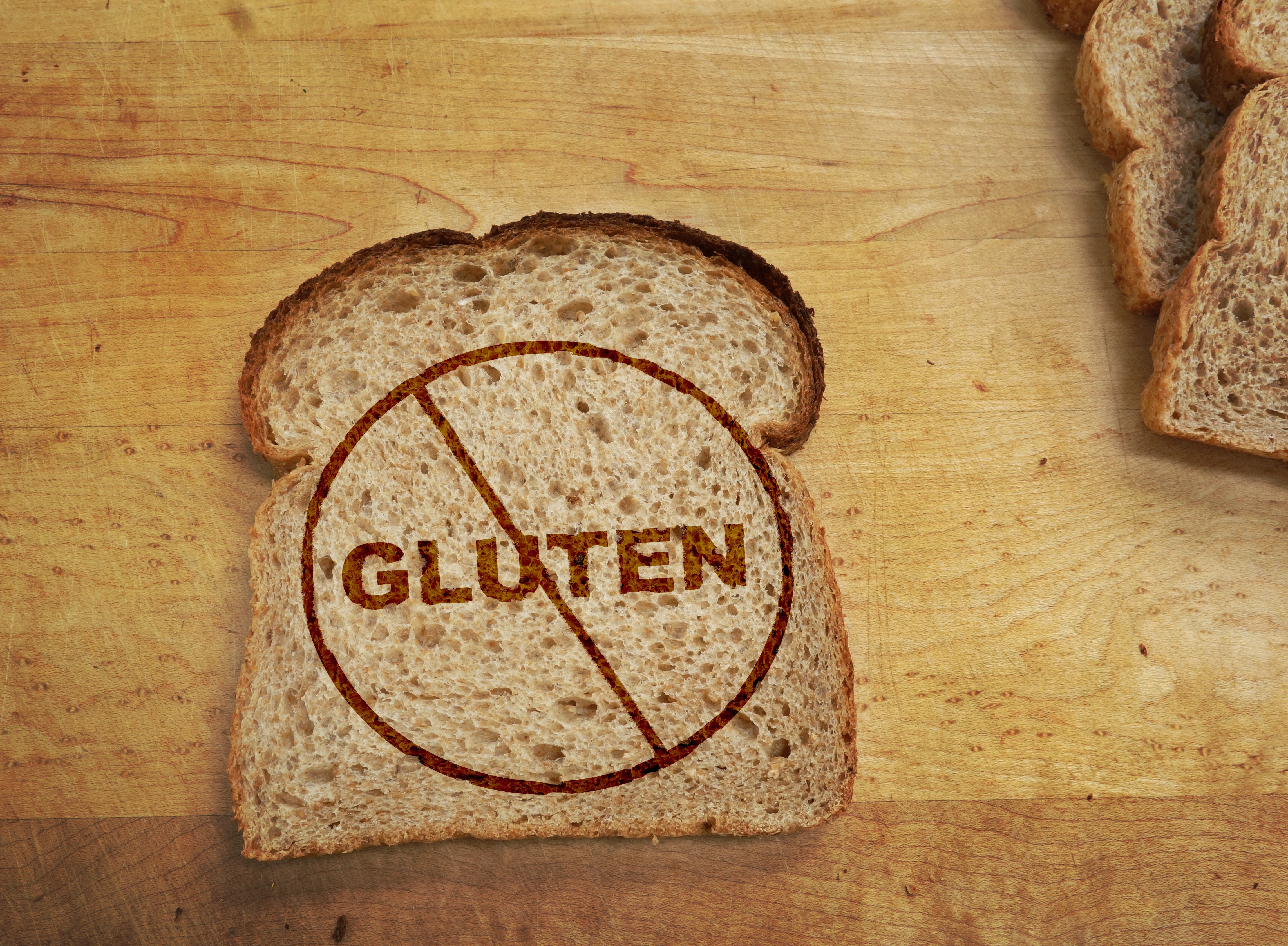
GF Tip #1: Understand why you’re starting a gluten free diet.
Choosing to eat gluten free because of a mild intolerance or by preference is different than requiring a gluten free diet for the treatment of celiac disease. If you’re required to eat gluten free because you’ve been diagnosed with celiac disease, you will need to be much more cautious with the foods you choose and ensure you’re avoiding all risks of cross-contamination. A gluten free diet by choice or due to a food intolerance does not need to be as strict. Check out my Celiac Awareness Month blog post to understand more about how to recognize if you might have celiac disease.
If you’re choosing to change your diet to a gluten free diet because you believe it is a healthier way to eat, consider talking to a healthcare professional before making this change. Any major diet change should be made with the guidance of a qualified healthcare professional to ensure you’re getting all the required nutrients that your body needs to function optimally. A gluten free diet is no different. Although there can be benefits to eating gluten free if you’re sensitive to gluten, it isn’t necessarily healthier than a diet containing gluten products, especially when done poorly.
GF Tip #2: Watch out for hidden sources of gluten.
It is important to avoid obvious sources of gluten, including breads, baked goods, pastries, and pastas. However, there are also a variety of hidden sources that can be harder to recognize. This can be one of the most challenging aspects of a gluten free diet. Gluten sources are used as fillers and thickeners in many products so it is essential to always read the ingredients list. Watch out for some of the following hidden sources of gluten, which include (but are not limited to):
- Beer
- Candy (often thickened with wheat flour)
- Chocolate (certain brands of chocolate add barley malt)
- Condiments, salad dressings, gravies, and other sauces
- Luncheon meats
- Medications
- Natural health products, such as vitamins and herbal supplements
- Soups
- Soy sauce
- Spices/seasonings
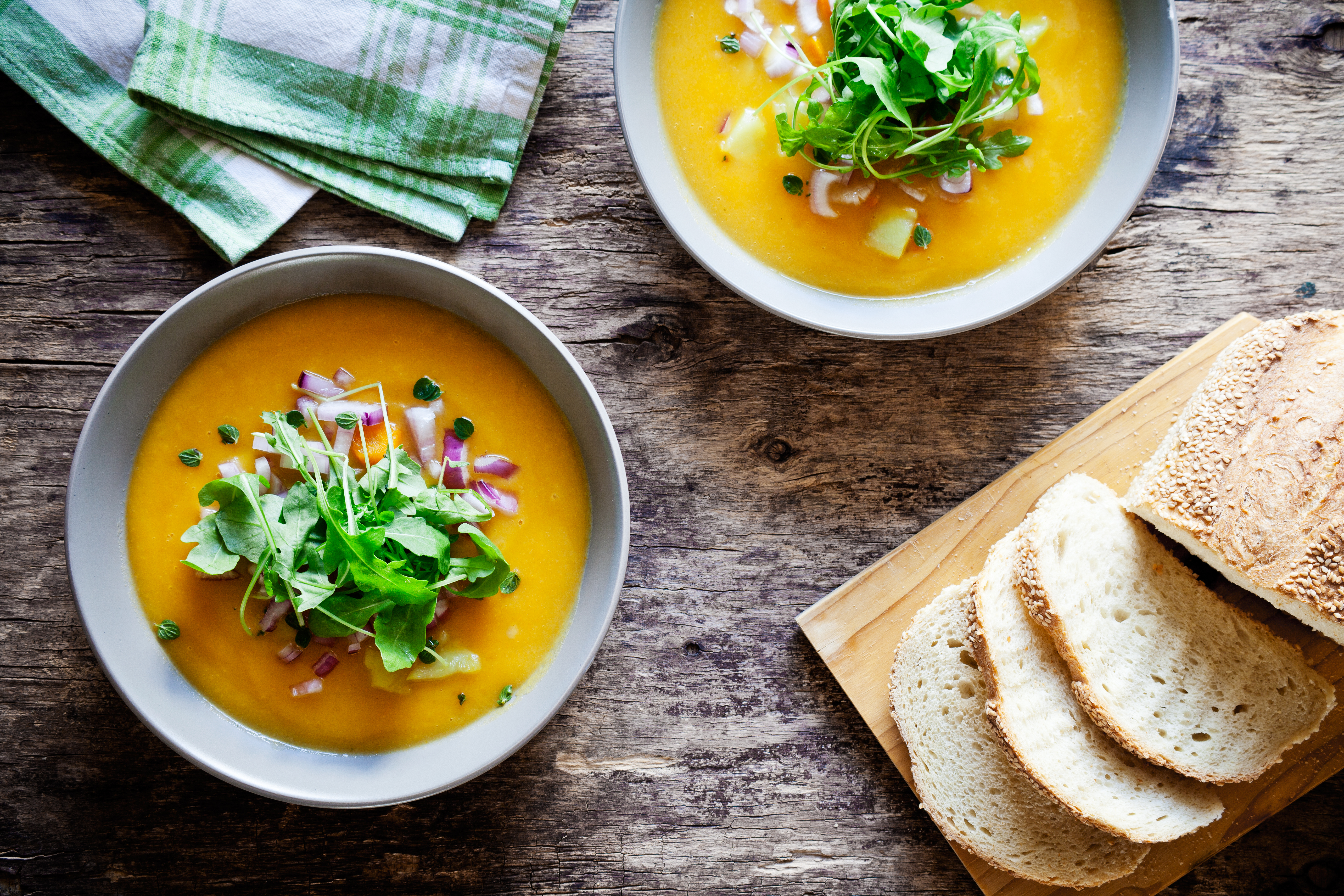
GF Tip #3: Learn how to read labels and look for gluten free claims.
In Canada, it is required that food labels list the top 10 allergens, including gluten. They will either be listed clearly in the ingredients list or in a Contains statement after the list. Contains statements are not required so it is important to read the ingredients list thoroughly. In Canada, it is required that plain names are used for allergens in the ingredients list and Contains statements, such as wheat, rye, barley, oats or gluten. These ingredients cannot be hidden in ingredients, such as spices or flavours. You can read more about these labelling rules on the Canadian Celiac Association Newly Diagnosed page. Unfortunately, it is not required to list whether or not there is a risk of cross-contamination in the production of a product. It is often necessary to call the company to find out whether there is a risk of cross-contamination. To feel confident in a food being completely gluten free (meaning there is less than 20ppm of gluten in the product), it is best to stick to ones that have been approved by the Gluten Free Certification Program.
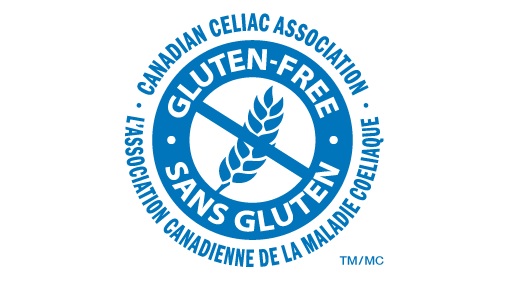
GF Tip #4: Avoid Cross-Contamination
In your kitchen: When you’re newly diagnosed with celiac disease, it is important to rid your kitchen of cross-contamination. Start by considering your cooking utensils. Wooden spoons and cutting boards are quite porous and can easily contain hidden gluten. You also want to watch out for colanders, mesh sieves, and anything containing small holes. Gluten can easily get stuck inside these holes. Avoid cross contamination by purchasing new condiments, such as butter, mayonnaise, peanut butter, jam or anything that might have previously been double-dipped with gluten-containing utensils. You will also need to consider your appliances. Toasters must only be used for gluten-free products. Mixers or other small appliances must be cleaned thoroughly.
Some people with celiac disease choose to live in an entirely gluten free kitchen but this isn’t practical for all families. To keep kitchens safe for your family member with celiac disease, it is best to have a dedicated gluten free toaster, cutting boards, cooking utensils/pots/pans (unless they are materials that can be thoroughly cleaned between uses), and have a rule that nothing should ever be double-dipped into condiments. At my house, we mark all condiments with a GF label so everybody remembers not to double dip. Visitors are always given a gluten free orientation before entering the kitchen 🙂
At the grocery store: Avoid bulk bins and deli counters. There is too much risk of cross contamination with the gluten-containing products. Use caution at prepared food counters and ensure you ask the staff whether the food has been prepared in a way to minimize cross contamination. Most grocery stores don’t guarantee that their prepared food is safe for people with food allergies.
Do your best to find the gluten free section! Although stores have started putting gluten free options dispersed throughout all the sections, there is usually still a dedicated gluten free section in one of the aisles and also in the freezer section.
When eating out: A gluten free diet has become a popular choice for many people who don’t have celiac disease or severe gluten allergies. This means that many restaurants offer gluten free options that aren’t actually safe if you have a severe allergy. Beware of the “gluten friendly” claims. Gluten free pizza crusts are a popular option but many are prepared on shared surfaces with shared toppings, meaning there is a high risk of contamination with their regular pizza crusts. Gluten free pasta is also popular at many restaurants but I have been told that some restaurants will cook it in the same water as regular pasta!! Deep fryers are also at a high risk for cross contamination. It’s always a good idea to ask if they use a separate fryer for gluten free options. When eating out, it is important to ensure you’re asking questions about the preparation process. Restaurants who understand food allergies will explain that they have a separate surface and utensils for preparing gluten free foods and will wash their hands/change their gloves.
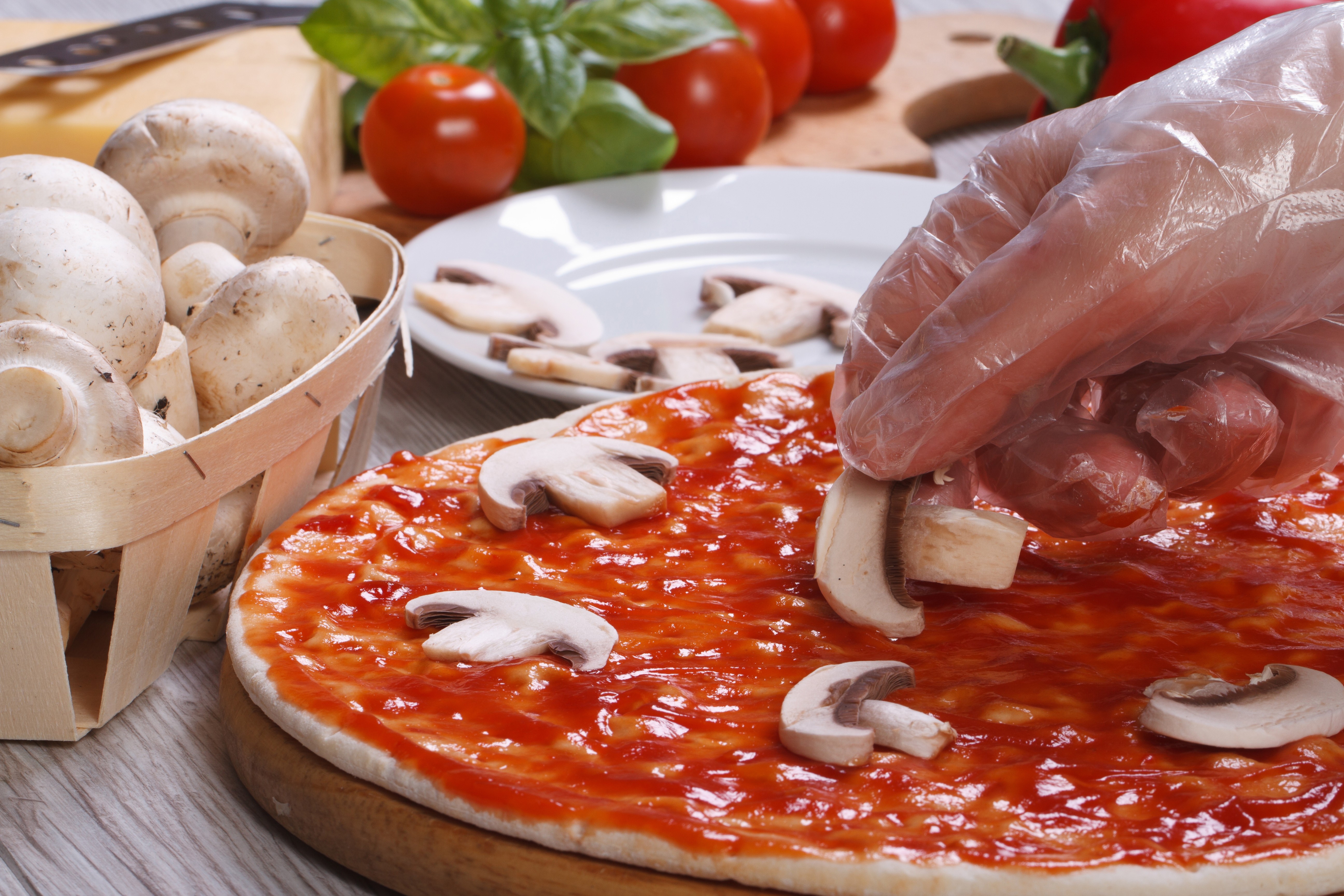
GF Tip #5: Don’t miss out on your favourites.
This goes for favourite restaurants and favourite foods! There are lots of gluten free alternatives available now so it often isn’t too challenging to replace your favourites with a gluten free option. You don’t need to feel deprived on a gluten free diet!
To find restaurants in your area: I recommend using the Find Me Gluten Free app. This app lists gluten free restaurants in your area and has reviews from other people with allergies who have tried the restaurants. It will often help you determine whether a restaurant is just gluten friendly or actually celiac safe. If you’re in the Toronto area, another great website is Gluten Freedom Inc. She reviews restaurants throughout the GTA and discusses whether they are gluten aware, gluten-free friendly, or celiac-friendly.
To enjoy your favourite recipes: My biggest piece of advice is to find an all-purpose gluten free flour blend. Often these can be used 1:1 in your favourite recipes that required gluten-containing flours. You can find all-purpose gluten free flour from President’s Choice (this is my favourite), Bob’s Red Mill, XO Baking and many other brands.
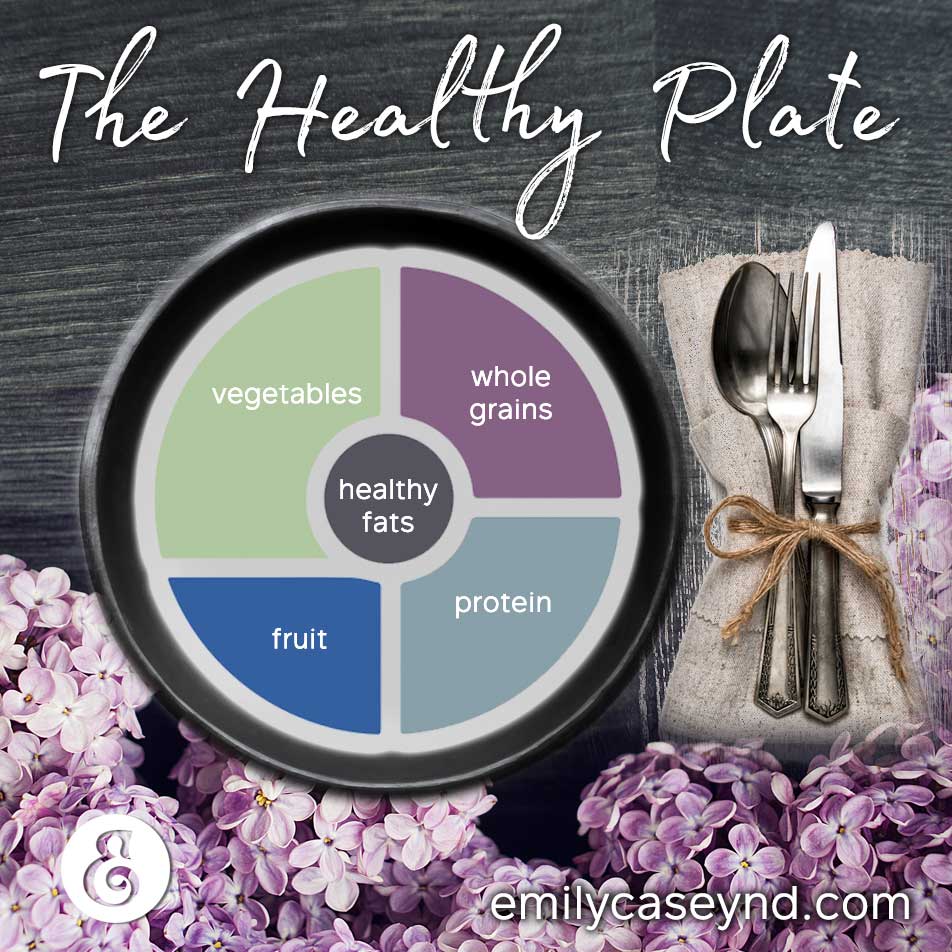
GF Tip#6: Eat naturally gluten free foods.
As I discussed in GF Tip #5, there are more and more gluten free alternatives becoming available in grocery stores, restaurants, and all over the place. It is wonderful to have access to these options but not ideal to solely rely on them. A gluten free diet will be much healthier if you focus on whole foods that are naturally gluten free, including meats, gluten-free grains, fruits, vegetables, and more. Whether or not you’re eating gluten free, the healthy plate (shown above) is a great model to follow when putting together meals. It can also be easy to eat A LOT of rice and corn on a gluten free diet so try to switch it up! Enjoy alternative options, such as quinoa, millet, buckwheat, and more.

GF Tip #7: Don’t do it alone.
Switching to a gluten free diet can be challenging. It is especially challenging when you’ve also recently been diagnosed with celiac disease so you’re managing the emotions of living with an autoimmune disease. Food is central to most social gatherings so a large diet change can feel quite isolating. It’s helpful to include your friends and family in the process of your diet change. Explain why you’re making these changes and how they can help you feel more comfortable when you’re with them. It’s also helpful to find support groups with people going through the same thing as you. Look into your local Canadian Celiac Association chapter and see if they have any upcoming events. There is also a Canadian Celiac Association Facebook group that you can join for added support.
And, of course, it’s important to find a great team of healthcare professionals to support you! Not all healthcare professionals completely understand celiac disease. To be able to give you the support you need, they need to understand a gluten free diet, the nutrients that are especially important to increase in your diet after being diagnosed with celiac disease, and the medical follow up that should be done after a celiac diagnosis. Do your best to choose medical doctors, naturopathic doctors, and dietitians who have experience working with celiac disease. Check out my post from Celiac Awareness Month 2017 to learn more about how a naturopathic doctor can support you when you have been diagnosed (or think you might need to be diagnosed) with celiac disease.
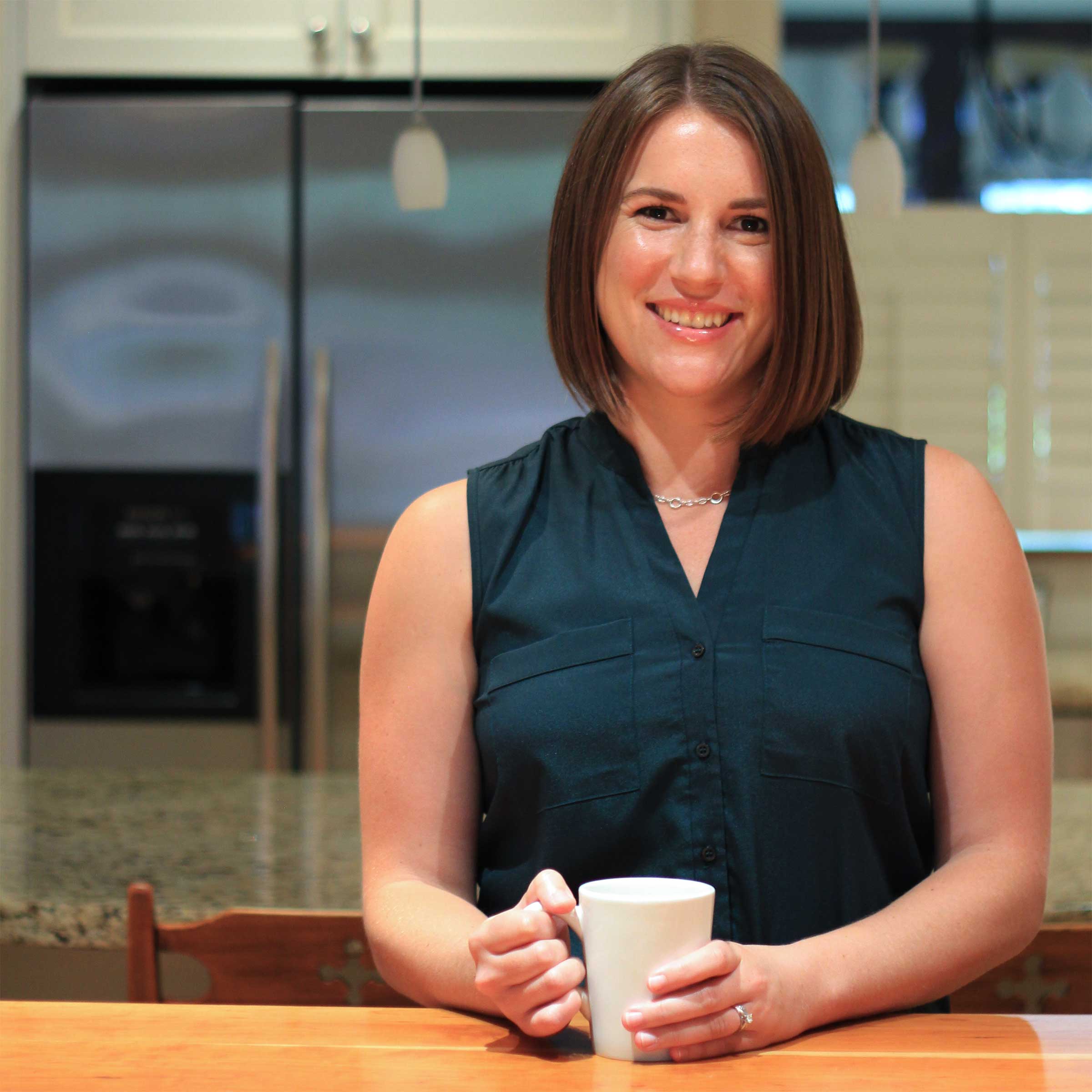
Are you looking for support in starting a gluten free diet? Check out my clinics page for more information about how we can work together! I’ve given you lots of information in this post to help you get started but it isn’t the same as one-on-one support. I can help you manage your gluten free diet in a way that works with your lifestyle and your specific health needs.

If you’re in the Toronto area and you’re looking to learn more about the available gluten free product and restaurant options, make sure you check out Gluten Free Garage. It is happening this coming Sunday May 27th, 2018 from 10am-4pm and the Wychwood Barns. They will have tons of amazing gluten free vendors there! You’ll get to sample lots of delicious food and learn all about the gluten free options in the Toronto area. I will definitely be attending this year and would love to see you there!

